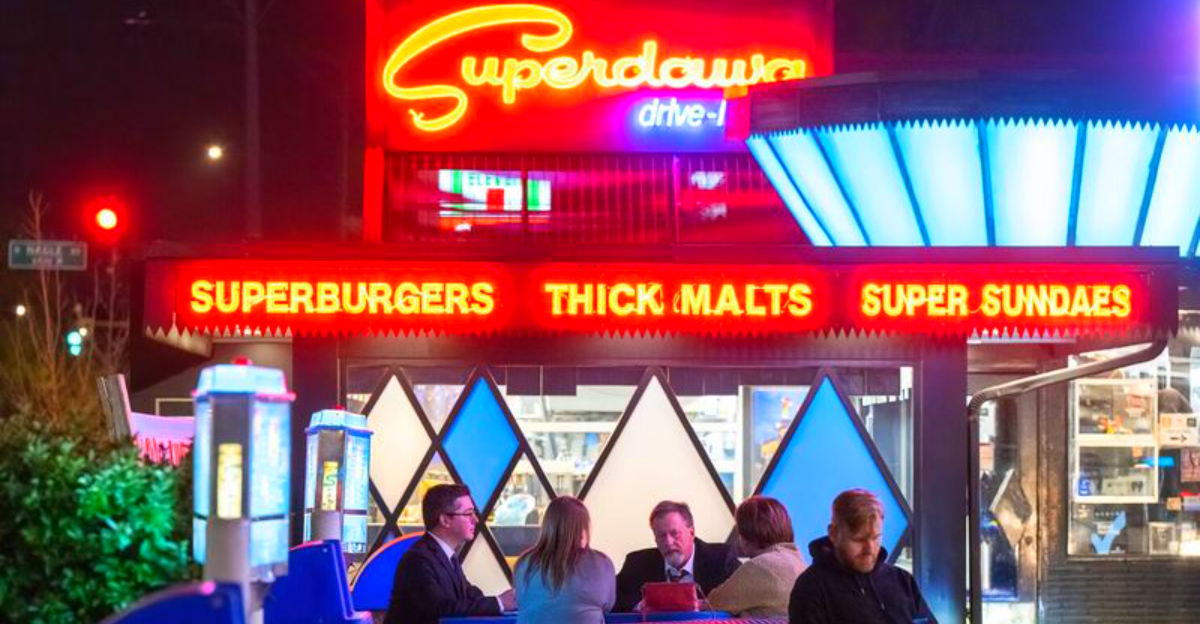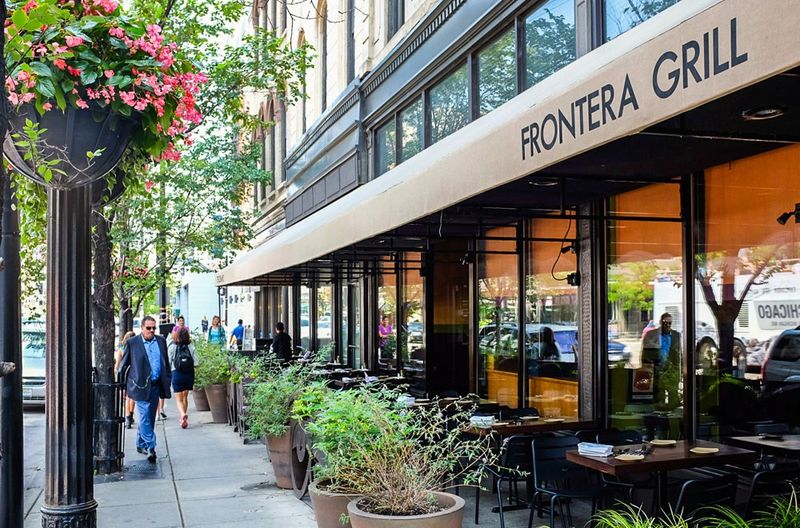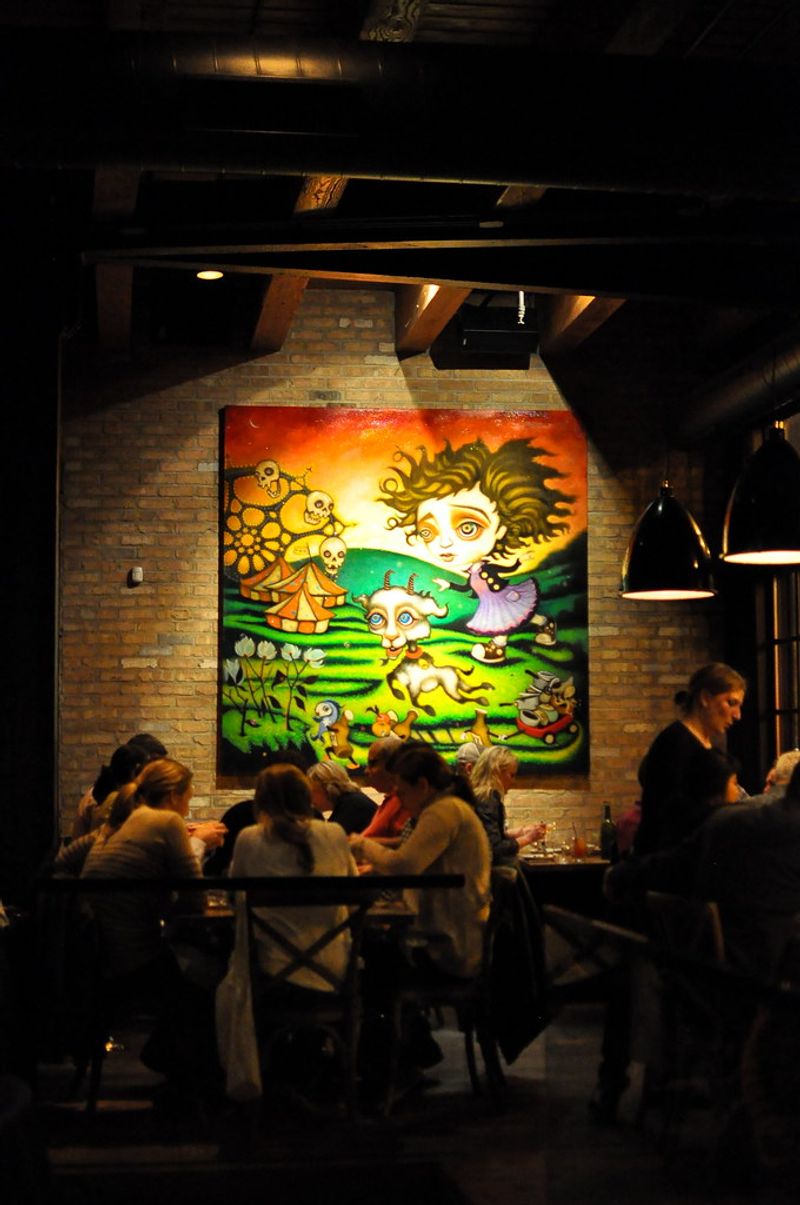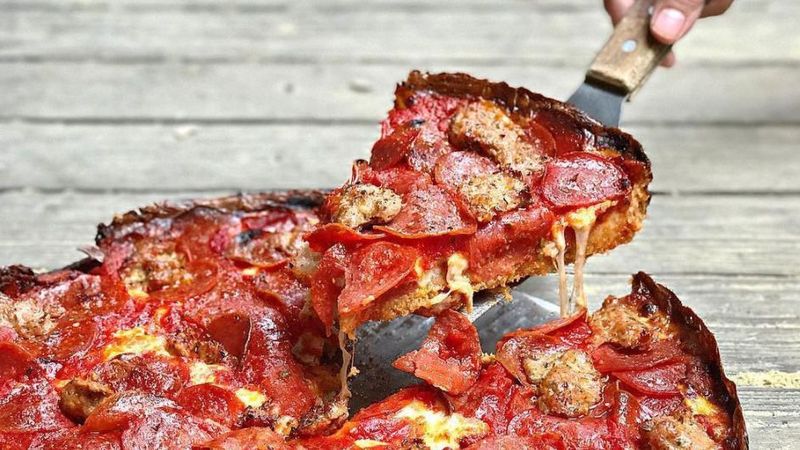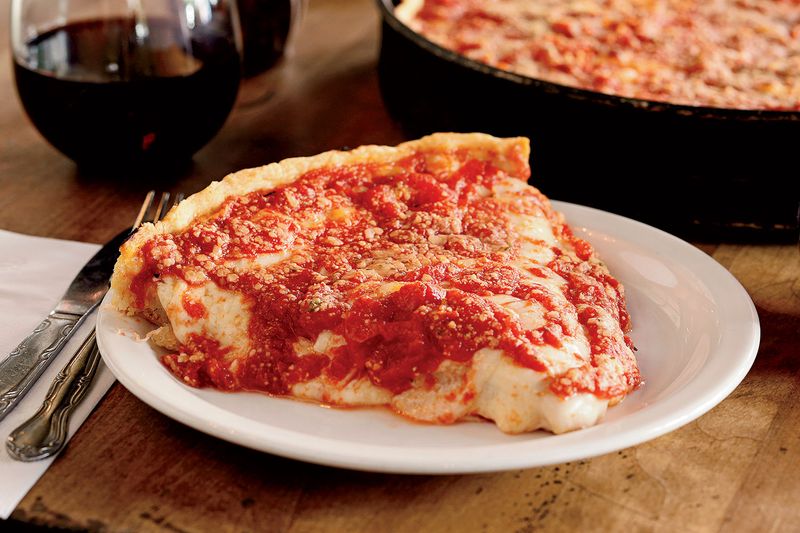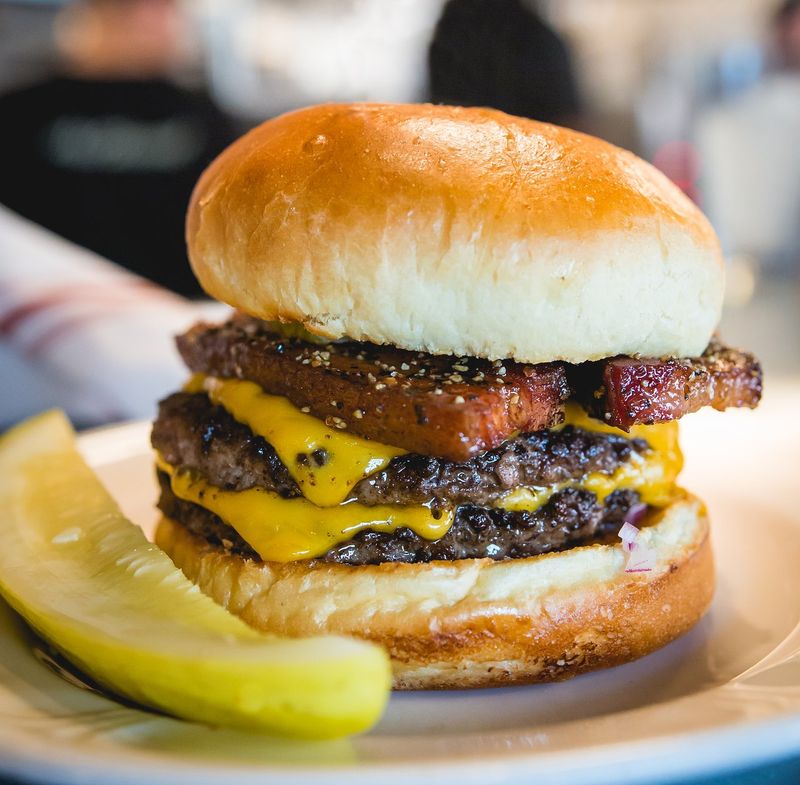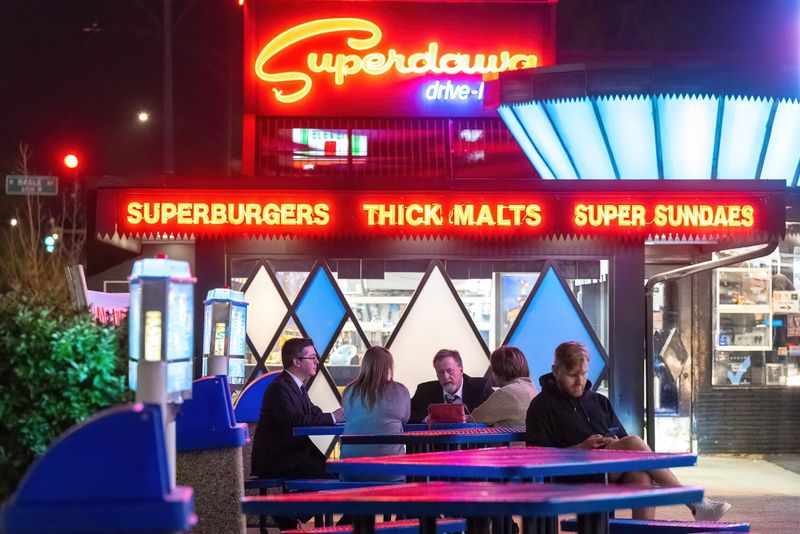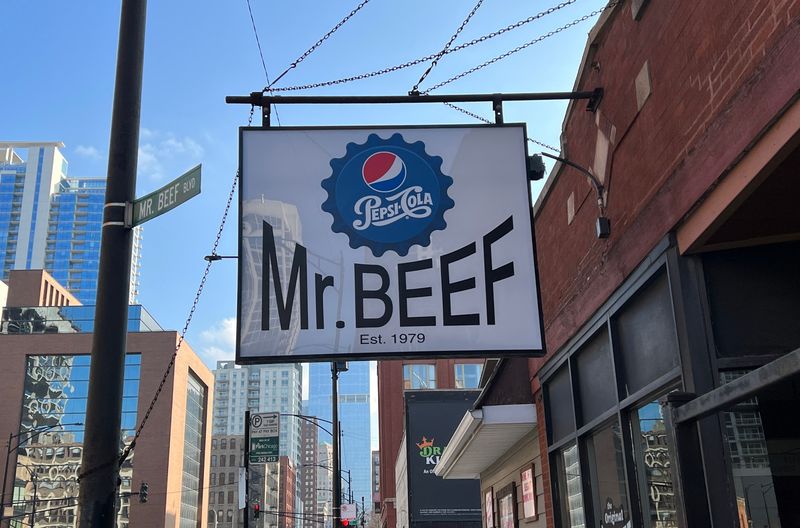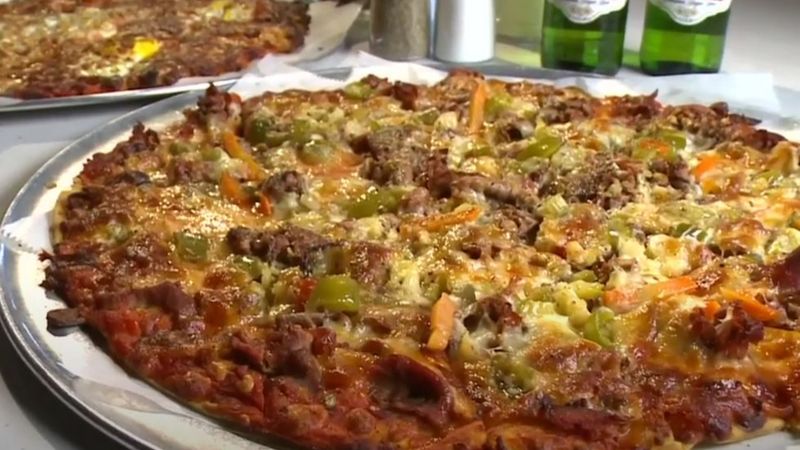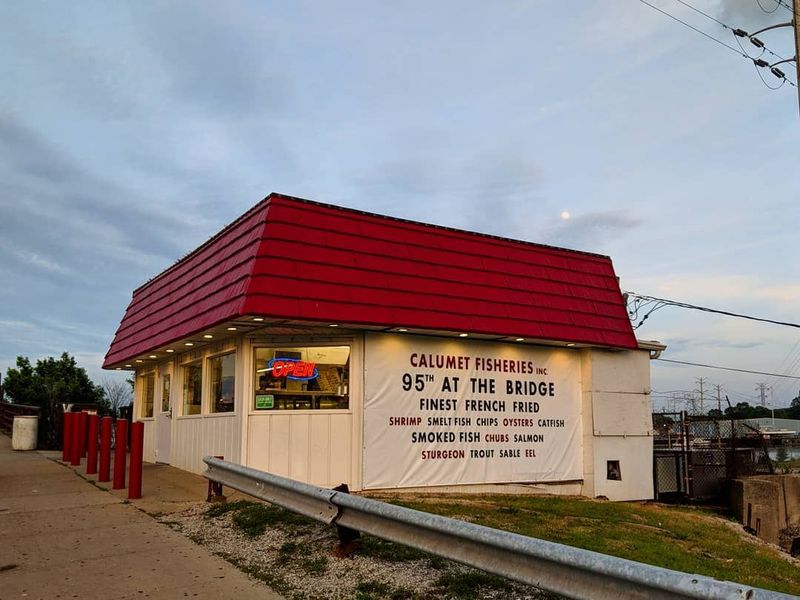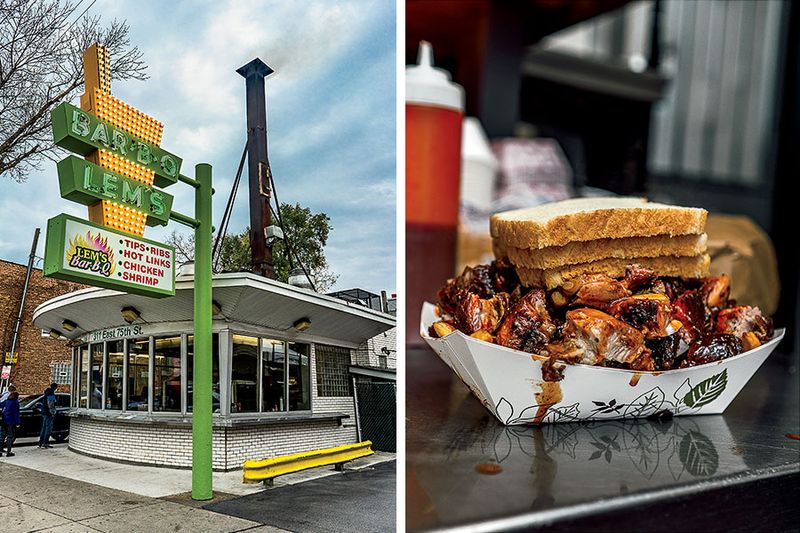Chicago’s food scene isn’t just good—it’s legendary. From deep-dish pizzas that challenge the laws of physics to haute cuisine that revolutionized American dining, the Windy City has carved out a special place in culinary history. These iconic establishments haven’t just fed Chicagoans; they’ve shaped how America eats and thinks about food.
1. Alinea (Lincoln Park) — the city’s temple of imagination
Behind an unmarked façade in Lincoln Park, culinary magic happens nightly. Chef Grant Achatz transformed fine dining into theatrical experience here, earning three Michelin stars for creations that challenge what food can be.
The famous edible helium balloon—a transparent apple taffy sphere that floats to your table—exemplifies Alinea’s playful genius. Diners might find courses served on pillows that release aromatic clouds or desserts painted directly onto the table.
Since 2005, this restaurant has remained Chicago’s ultimate special occasion destination, with reservation slots disappearing months in advance. The multi-hour journey through Achatz’s imagination doesn’t come cheap, but those who splurge rarely forget it.
2. Frontera Grill (River North) — where regional Mexican became fine dining in Chicago
Before Chef Rick Bayless opened Frontera Grill in 1987, most Chicagoans thought Mexican food meant combo platters and cheese-smothered everything. His vibrant River North restaurant changed that perception forever, introducing authentic regional Mexican cuisine with seasonal ingredients and proper technique.
The colorful, art-filled space buzzes with energy as plates of complex moles, fresh-made tortillas, and seafood ceviche emerge from the kitchen. Bayless became a national figure through cookbooks and TV shows, but Frontera remains his home base.
The restaurant earned the James Beard Outstanding Restaurant award in 2007, cementing its importance in America’s culinary landscape. Those tangy, balanced margaritas? They’re still some of the best in town.
3. Girl & the Goat (West Loop) — the neighborhood-defining crowd-pleaser
When Stephanie Izard opened her first restaurant in 2010, Randolph Street wasn’t yet Restaurant Row. The Top Chef winner’s bold, globally-inspired small plates helped transform the once-industrial West Loop into Chicago’s hottest dining neighborhood.
The rustic-chic space still hums with energy a decade later. Wood-fired ovens turn out shareable feasts like roasted pig face and those famous green beans—crispy and tossed with fish sauce vinaigrette—that regulars refuse to let leave the menu.
Izard made history as the first woman to win Top Chef before claiming a James Beard Award in 2013. Despite expanding to multiple restaurants, she frequently appears in the open kitchen, maintaining the warm, unpretentious vibe that made Girl & the Goat an instant classic.
4. Pequod’s Pizza (Lincoln Park) — the caramelized-crust cult
The secret’s in the edges. While other deep-dish joints focus on cheese quantity or sauce-to-crust ratios, Pequod’s created something entirely different: the caramelized crust. Cheese is intentionally spread all the way to the pan’s edge, where it blackens into a crispy, almost-burnt ring that devotees consider pizza perfection.
The Lincoln Park tavern doesn’t look like much from outside. Inside, sports memorabilia covers walls as servers navigate between packed tables carrying cast-iron pans of bubbling pizza.
Lines form nightly at this no-reservation spot, especially weekends when wait times can stretch beyond two hours. Smart locals call ahead for pickup or arrive when doors open at 11am, knowing that some culinary pilgrimages are worth the sacrifice.
5. Lou Malnati’s (multiple, original in Lincolnwood) — the deep-dish standard-bearer
March 17, 1971 marks a pivotal date in Chicago food history. That’s when Lou and Jean Malnati opened their first pizzeria, launching what would become the city’s most recognized deep-dish empire.
The Malnati recipe starts with a distinctive butter crust—slightly sweet, never doughy—topped with exclusive sausage blend, Wisconsin cheese, and vine-ripened tomatoes hand-selected in California. While tourists flock to downtown locations, locals often prefer original suburban outposts where the wait feels more manageable.
Now with dozens of locations across Chicagoland (and expanding nationally), Lou Malnati’s represents deep-dish to countless visitors. Their mail-order business ships thousands of frozen pies nationwide, ensuring displaced Chicagoans never suffer pizza homesickness for long.
6. Au Cheval (West Loop) — the burger that launched a thousand lines
“Just a diner burger” might be how Au Cheval modestly describes its signature creation, but the reality tells a different story. This dimly-lit West Loop restaurant created what many consider the ultimate cheeseburger: prime beef patties griddled to medium, topped with American cheese, dijonnaise, pickles, and optional thick-cut bacon and egg.
Since opening in 2012, Au Cheval has generated wait times that routinely stretch beyond three hours. National media coverage from Bon Appétit to the Today Show only intensified the burger mania.
The retro-styled space feels both exclusive and casual—bartenders mix excellent cocktails while hip-hop plays overhead. Despite spawning several spinoff restaurants, the original location at 800 W. Randolph remains the pilgrimage site for burger aficionados nationwide.
7. Superdawg Drive-In (Norwood Park) — carhop service since 1948
Maurie and Flore Berman never intended to create a Chicago landmark when they opened their hot dog stand in 1948. Yet more than 75 years later, those giant rooftop hot dog mascots—Maurie and Flore in wiener form—still watch over Milwaukee Avenue, unchanged since the Eisenhower administration.
The time-warp experience begins when you pull into a parking spot and flip on your headlights. Soon, a carhop delivers a tray to your window containing the signature Superdawg: all-beef frankfurter nestled in crinkle-cut fries, topped with pickled green tomato and yellow mustard.
Family-owned across four generations, Superdawg refuses to compromise its traditions. The blue-and-white boxes, the specially-made natural casing dogs, the late-night hours—all preserved as living history of Chicago’s car culture heyday.
8. Mr. Beef on Orleans (River North) — the Italian beef that inspired The Bear
Long before becoming TV famous, this humble River North stand was already legendary among Chicago beef aficionados. Founded in 1979 by Joe Zucchero, Mr. Beef represents Italian beef in its purest form: thinly-sliced roast beef soaked in jus, stuffed into French bread, and topped with sweet peppers or spicy giardiniera.
The tiny shop’s no-frills interior—just a counter and a few stools—forces most customers to eat standing up or take their dripping sandwiches elsewhere. FX’s hit series “The Bear” used the actual storefront for filming, creating unprecedented lines of tourists and locals alike.
Ordering properly matters here: “dipped” means the entire sandwich gets dunked in gravy; “hot” means giardiniera; “sweet” means bell peppers. True enthusiasts get it “wet and hot” and don’t mind wearing some of it home.
9. Vito & Nick’s (Ashburn) — South Side tavern-style royalty
Ask actual Chicagoans about their hometown pizza, and many will skip deep dish entirely. Tavern-style—thin, crispy, cut in squares—represents the everyday pizza most locals grew up eating, and Vito & Nick’s makes the definitive version.
The South Side institution hasn’t changed much since the 1950s: wood-paneled walls, drop ceiling, and families crowded around formica tables. The pizza arrives on metal trays, its cracker-thin crust supporting a generous layer of tangy sauce, fennel-heavy sausage, and perfectly browned cheese.
No delivery, no reservations, cash preferred—Vito & Nick’s doesn’t chase trends or tourists. The Barraco family still makes each pie according to original recipes, creating a time capsule of Chicago neighborhood dining. Worth noting: they famously rejected Guy Fieri’s offer to ship their pizza to California for his show.
10. Calumet Fisheries (South Deering) — the smokehouse by the 95th Street bridge
The tiny white shack sits beside the 95th Street Bridge, seemingly unchanged since appearing in “The Blues Brothers” film. Smoke billows from the adjacent smokehouse—one of the last wood-smoking operations within city limits—where salmon, trout, shrimp and eel transform into something transcendent.
Family-owned since 1948, Calumet Fisheries represents a vanishing Chicago: industrial, unpretentious, focused on craft rather than comfort. No seating exists; customers typically eat from the hood of their car or along the nearby Calumet River.
The James Beard Foundation recognized this South Side gem with an America’s Classics award in 2010, but geography keeps it from becoming overrun. The pilgrimage to 95th and the Calumet River rewards visitors with smoked shrimp so sweet and smoky they’ve created generations of devoted fans.
11. Lem’s Bar-B-Q (Chatham) — rib-tip legend, nationally honored
The glowing neon sign has beckoned hungry South Siders since 1954. Lem’s represents Chicago’s distinctive barbecue style: rib tips and hot links slow-cooked in an aquarium smoker, then finished with a tangy-sweet sauce that divides purists but delights locals.
Brothers Bruce and Myles Lemons pioneered this technique, creating those signature crispy-chewy rib tips—the cartilage-rich end pieces butchers once discarded. The James Beard Foundation finally recognized this contribution in 2023, awarding Lem’s an America’s Classics honor.
The takeout-only operation on 75th Street still draws lines most evenings. Customers place orders through bulletproof glass, then wait patiently for those distinctive white bags containing smoky treasures. True aficionados request sauce on the side, the better to appreciate the meat’s natural flavor.
12. Manny’s Cafeteria & Delicatessen (Near West Side) — the city’s political lunchroom
The cafeteria line at Manny’s moves with practiced efficiency. Grab a tray, slide it along stainless steel rails, and point at what you want: towering corned beef sandwiches, golden potato pancakes, matzo ball soup swimming with dill. This Jewish deli ritual has remained unchanged since 1942, when the Raskin family first opened their doors.
Presidents, mayors, governors, and everyday Chicagoans all wait in the same line. Photos covering the walls document famous visitors, from Barack Obama to Bill Clinton, all drawn by the authentic old-school atmosphere and generous portions.
Fourth-generation family ownership maintains traditions while adapting to changing times. When pandemic threatened closure in 2020, loyal customers formed lines around the block to save this essential piece of Chicago’s culinary landscape—proof that some institutions transcend mere restaurant status.
